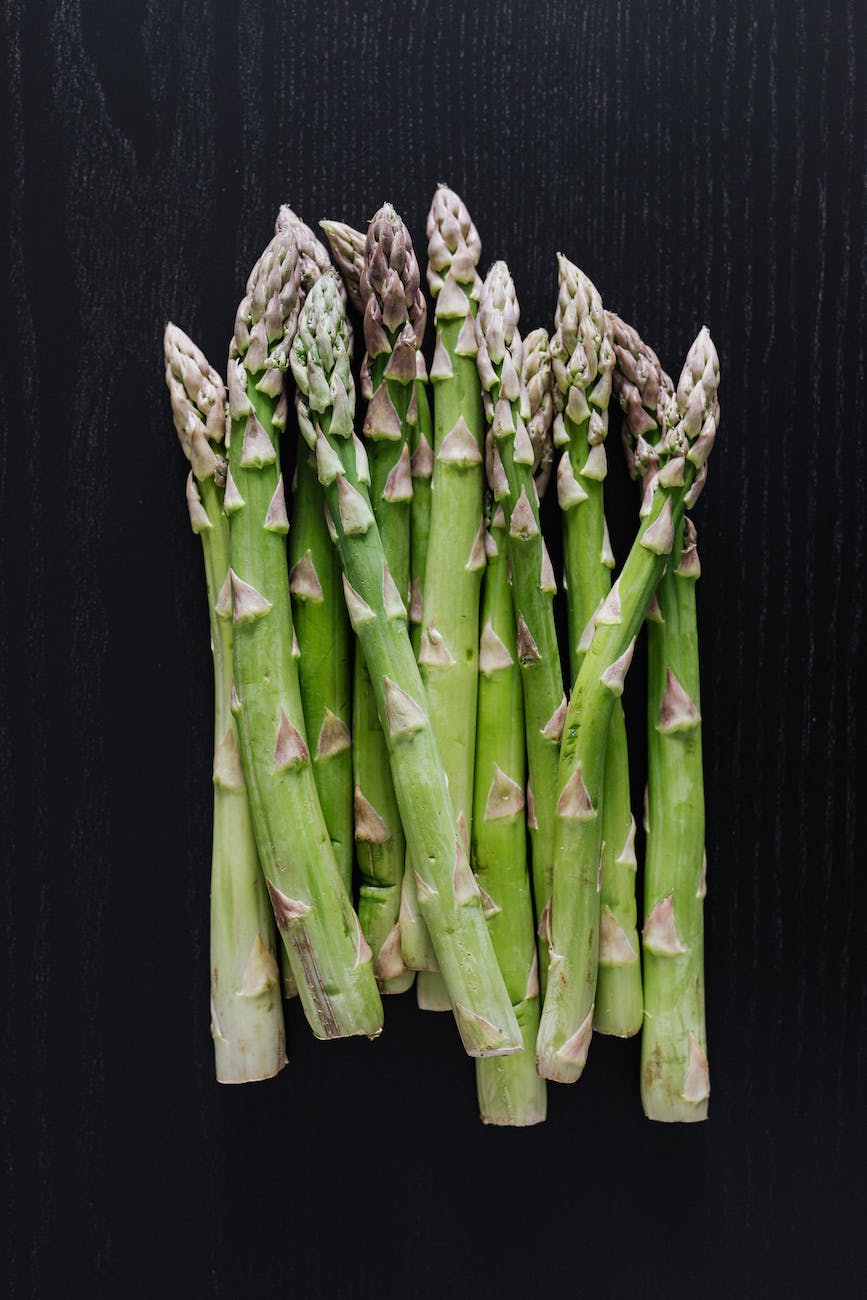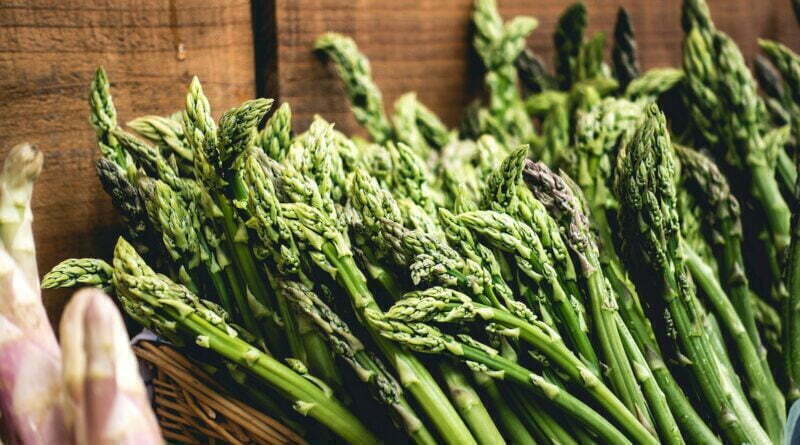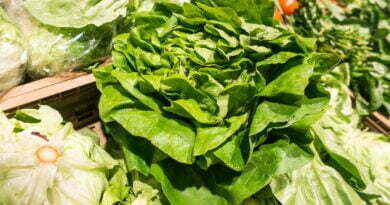From Planting to Plate – How to Grow and Cook Delicious Asparagus
Asparagus is a delectable and nutritious vegetable that can be easily grown in your allotment. With a tender and slightly sweet taste, asparagus is perfect for springtime meals and can add an elegant touch to any dish. Here is a comprehensive guide on how to grow asparagus in your allotment, along with some meal ideas to help you make the most of your harvest.
- Choosing the right variety
There are many varieties of asparagus to choose from, but the most commonly grown type is green asparagus. Other varieties include purple asparagus and white asparagus. When selecting a variety, consider the climate and soil conditions in your area, as well as the flavor and texture preferences.
- Preparing the soil
Asparagus prefers well-drained soil that is rich in organic matter. Prepare the soil in the fall or early spring by adding compost or well-rotted manure. Asparagus thrives in slightly acidic soil with a pH of 6.0 to 7.0.
- Planting
Asparagus is typically grown from crowns or bare root plants, which can be purchased from a nursery or garden center. Plant the crowns or roots in trenches that are 6-8 inches deep and 12-18 inches wide. Space the crowns about 12-18 inches apart, and cover them with a few inches of soil. As the plants grow, gradually fill in the trenches with soil until they are level with the surrounding ground.
- Caring for the plants
Asparagus plants are perennials, which means they will continue to produce spears year after year. Asparagus plants need to be kept well-watered, especially during the first two years of growth. Mulching around the plants can help retain moisture and suppress weeds. Asparagus also benefits from regular fertilization with a balanced fertilizer.
- Harvesting
Asparagus can be harvested when the spears are about 6-8 inches tall and 1/2 inch in diameter. Use a sharp knife to cut the spears just below the soil surface. Stop harvesting when the spears begin to thin out and become woody, typically after 4-6 weeks of harvesting.
Meal ideas:
- Grilled asparagus salad: Grill asparagus spears until tender, then toss with mixed greens, crumbled feta cheese, sliced almonds, and a balsamic vinaigrette.
- Asparagus and lemon risotto: Cook arborio rice in chicken broth, then add sautéed asparagus spears, grated parmesan cheese, and lemon zest. Finish with fresh parsley and cracked black pepper.
- Asparagus and salmon pasta: Cook pasta according to package instructions, then toss with sautéed asparagus spears, smoked salmon, and a lemon cream sauce. Top with freshly grated parmesan cheese and chopped parsley.
- Asparagus and bacon wrapped filet: Wrap tender filet mignon with asparagus spears and bacon, then grill to desired doneness. Serve with a side of garlic mashed potatoes.
- Asparagus and cheese stuffed chicken breasts: Stuff chicken breasts with cooked asparagus spears and your favorite cheese, then bake at 375°F for 25-30 minutes, or until the chicken is cooked through.

Growing asparagus in your allotment is not only a rewarding and delicious experience, but it’s also a relatively easy one with the right care and attention. By selecting the right variety, preparing the soil, planting, caring for the plants, and harvesting at the right time, you can enjoy a bountiful crop of asparagus for years to come.
In addition to being a delicious vegetable, asparagus is also packed with nutrients and health benefits. It’s a great source of fiber, vitamins A, C, E, and K, as well as folate and chromium. Asparagus is also known for its anti-inflammatory properties and is said to promote healthy digestion, heart health, and weight loss.
The meal ideas provided in this guide offer just a glimpse of the many ways that asparagus can be incorporated into your meals. From grilled salads to quiches, risottos to frittatas, asparagus can add flavor and nutrition to any dish. Whether you’re a seasoned chef or a novice cook, asparagus is a versatile ingredient that is easy to work with.
Growing asparagus in your allotment is a wonderful way to connect with nature, enjoy fresh and healthy produce, and create delicious meals for yourself and your loved ones. With a little patience and some TLC, you’ll be enjoying delicious, home-grown asparagus in no time!




